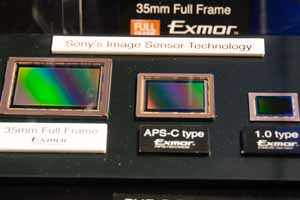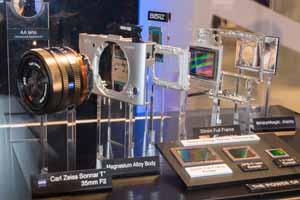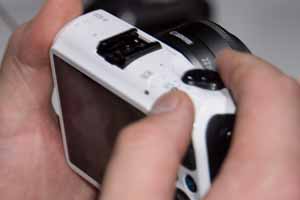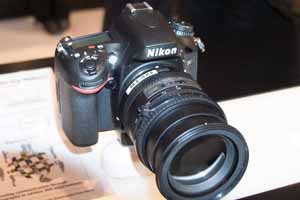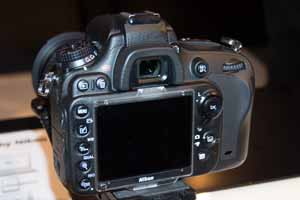Online Magazine
Recent Posts
- Safeguard your Cellphone Photos
- Black & White to Color – Instantly
- Wearing Many Hats
- Video Roundup
- Rescuing Your Blurry Pictures
- Showing Their Age
- What is Your Angle?
- Panorama Photos
- Humorous Photos
- Close Ups
- Fisheye Pictures
- Photo Antiquities
- Printing Big
- Appreciating Scale
- Celebrity Sightings
Tags
More Places to Go
- Free "How-To" Books “How To” books for popular cameras 0
- Vist Us on Facebook keep in touch with us on Facebook 2
Archives
- July 2023 (1)
- March 2023 (2)
- February 2023 (1)
- December 2022 (1)
- October 2022 (1)
- September 2022 (8)
- August 2022 (9)
- July 2022 (1)
- June 2022 (1)
- June 2021 (1)
- May 2021 (1)
- March 2021 (5)
- February 2021 (4)
- January 2021 (2)
- April 2019 (1)
- March 2019 (1)
- February 2019 (1)
- October 2018 (2)
- April 2018 (1)
- March 2018 (4)
- February 2018 (1)
- November 2017 (1)
- August 2017 (1)
- June 2017 (1)
- April 2017 (1)
- March 2017 (5)
- February 2017 (2)
- January 2017 (1)
- October 2016 (1)
- September 2016 (1)
- August 2016 (1)
- July 2016 (1)
- May 2016 (1)
- April 2016 (1)
- March 2016 (2)
- February 2016 (1)
- January 2016 (2)
- December 2015 (1)
- November 2015 (1)
- October 2015 (3)
- April 2015 (1)
- March 2015 (5)
- February 2015 (1)
- January 2015 (4)
- December 2014 (2)
- November 2014 (5)
- October 2014 (2)
- September 2014 (1)
- August 2014 (2)
- July 2014 (1)
- May 2014 (1)
- April 2014 (5)
- March 2014 (5)
- December 2013 (2)
- November 2013 (18)
- October 2013 (1)
- September 2013 (1)
- August 2013 (1)
- July 2013 (1)
- June 2013 (3)
- May 2013 (1)
- April 2013 (2)
- March 2013 (1)
- February 2013 (1)
- January 2013 (1)
- December 2012 (1)
- November 2012 (2)
- October 2012 (2)
- September 2012 (5)
- August 2012 (2)
- July 2012 (1)
- June 2012 (1)
- May 2012 (1)
- April 2012 (4)
- March 2012 (1)
- February 2012 (1)
- January 2012 (3)
- December 2011 (1)
- November 2011 (3)
- October 2011 (1)
- September 2011 (2)
- August 2011 (2)
- June 2011 (3)
- May 2011 (4)
- April 2011 (8)
- March 2011 (8)
- February 2011 (10)
- January 2011 (6)
- December 2010 (11)
- November 2010 (14)
- October 2010 (6)
- September 2010 (12)
- August 2010 (2)
- July 2010 (4)
- June 2010 (3)
- May 2010 (1)
- April 2010 (1)
- March 2010 (2)
- February 2010 (1)
- January 2010 (1)
- December 2009 (1)
- November 2009 (2)
- October 2009 (2)
- September 2009 (1)
- August 2009 (3)
- July 2009 (2)
- June 2009 (1)
- May 2009 (2)
- April 2009 (1)
- March 2009 (2)
- February 2009 (1)
- January 2009 (3)
Parade of New Cameras
01st October 2012
Photokina Part 1 – the new stuff
Every two years the photographic industry gathers at Photokina to introduce its new products.
The event takes place over a week period in early September at the huge Koelnmesse Exhibition Center in Cologne, Germany.
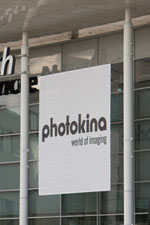 |
 |
This year I again attended Photokina along with some 150,000 other visitors and walked the aisles of the messe’s ten huge halls to see the new photographic and imaging products from more than 1500 vendors.
What follows is a condensed report of those products that were of particular interest to me.
Prior to the start of Photokina, many of the photo manufacturers announced new products that would be on display at the expo. Like many others, I was curious to touch and feel some of these products and these were the ones that I gravitated to when I reached Cologne.
|
Canon 6D Next up was the Canon booth where I saw the newly announced 6D.
|
|||||||||||||||||||||||||||||||
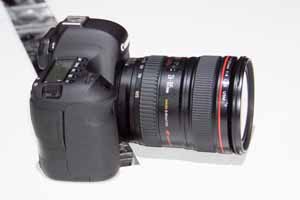 The 6D has a footprint and feel similar to Canon’s 7D, only this model has a full-frame sensor. |
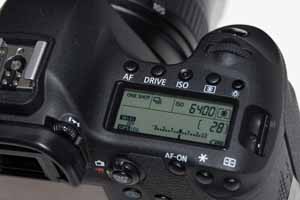 Here you can see that both GPS and Wi-Fi are built into the 6D |
||||||||||||||||||||||||||||||
| Although the prices of tge 5DMkIII and the new 6D are quite disparate, here are the major feature differences between these two models:
Perhaps the most significant features of the 6D besides the full-frame sensor are the addition of both GPS and Wi-Fi. GPS automatically adds location information to the images. This is especially useful to landscape photographers who can now precisely identify the location at which a photograph was captured. Adding Wi-Fi capability to the camera again provides automatic backup and rapid sharing of images through online smart devices. Two other features which are new in this model: 1) in-camera HDR which combines bracketed exposures to yield images which encompass wide exposure levels. 2) multiple exposure capability to superimpose up to nine separate images onto single frame. Similar to the 5D Mk III, neither have a built-in flash but reply on external flash units. The staff at the Canon booth indicated that the 6D will go on sale in December of this year. |
|||||||||||||||||||||||||||||||
|
Sony Alpha 99 Although Sony is a distant third to Canon and Nikon in terms of high end market share, this company has been delivering products with innovative features.
|
||||||||||||||||||||||||||||||||||
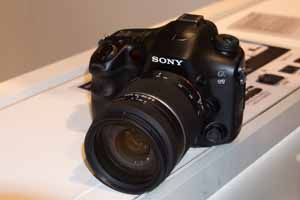 |
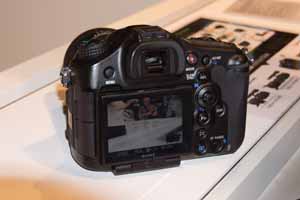 |
|||||||||||||||||||||||||||||||||
| Sony’s new Alpha 99 is their first full-frame camera using its unique translucent mirror. Instead of a conventional mirror which flips out of the light path when the shutter is depressed, the translucent mirror remains stationary allowing light to pass through to the sensor. This design provides continuous autofocus and exposure and high speed capture.
Below I’ve compared the new Alpha 99 with the Alpha 77, which is Sony’s top if the line APS-C size cameras in the translucent mirror series.
The Alpha 99 uses a unique dual phase detect system is designed to provide continuous and precise autofocus. Other features carried over from earlier Sony’s translucent mirror cameras are sweep panorama, automatic HDR and multi-frame noise reduction. The Alpha 99 is due to begin shipments in early November. |
||||||||||||||||||||||||||||||||||
|
Sony RX-1 I didn’t expect to see a camera such as this from Sony. The RX-1 is compact camera with a full-frame sensor and a non-removable lens. It looks as if Sony has identified a market of well-to-do photo enthusiasts that can afford $2800 for a camera with a 24mp full-size sensor and fast but fixed focal length Zeiss 35mm f/2 lens. You’ll have to compose your subjects with the 3″ screen unless you purchase either the optical or electronic viewfinder.
|
|
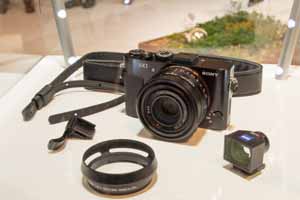 |
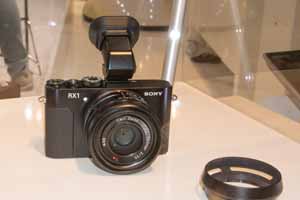 |
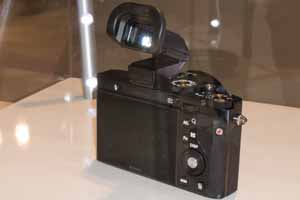 with optional electronic viewfinder |
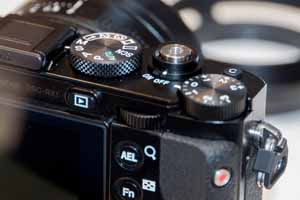 convenient settings with multiple dials |
|
All of the RX-1 samples were firmly locked behind glass at Photokina so I wasn’t able to have a hands-on demonstration. Of course Zeiss is noted for its superior lenses so coupled with the same full-frame sensor used in the Alpha 99, we can expect this camera to produce remarkable photographs. The expected availability date of the RX-1 is late December.
|
|
This concludes the coverage of the new full-frame sensor equipment from Photokina.
Coming up in Part 2 of our Photokina coverage are the compact MILC cameras. We hope to see you back here soon.
Written by Arnie Lee
How I Travel with a Camera
27th September 2012
…or improving my photographic memory
I’ve traveled by plane so often that the routine of traveling overseas has become old hat.
But for this trip, I am diligently recording the steps that I follow with the goal of creating a checklist that other travelers may find handy if they too want to have a photographic memory of their travels.
| Choose your weapon Sadly I have more photo equipment than I could ever use at one time. This trip I am taking a lightweight camera with an all-in-one (wide angle to telephoto) zoom lens. My experience has taught me to take fewer pieces of equipment to save space and weight. Besides the camera, don’t forget the battery charger and extra memory cards. I almost always take a notebook computer to review and backup my photos. |
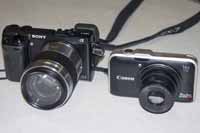 |
| Luggage rack To save time and avoid the lost luggage syndrome, I rarely check my bags with the airlines. Instead I use a small roll-on-board suitcase and a backpack. My backpack is designed for photo equipment and has a well-padded compartment for my notebook computer. The tendency is to fill the backpack to capacity but you may have second thoughts as you’re rushing to make a tight connection from Gate A-1 to Gate F-99 with 40 pounds hanging from your shoulders while you drag your roll-on-board in tow. Suggestion: lighten your load; your back will be forever grateful. |
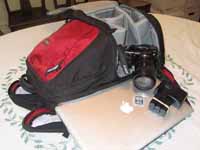 |
| Reservations please I enjoy taking photos from the airplane window. If you book your airline reservations far enough in advance you may be able to reserve a window seat. As I’m mostly traveling in the northern hemisphere I try to reserve a seat on the left side of the aircraft when traveling east or north and on the right side of the aircraft when traveling west or south. By doing this you’re avoiding the direct sun in the aircraft window. |
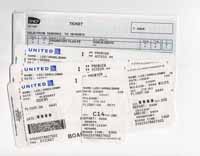 |
| At the Airport Put your camera away at security – the TSA staff are all camera-shy. After you’ve passed through security, snap a photo at your gate to record your flight and destination. Is there a window overlooking the tarmac? Take a shot of the aircraft that you’ll be flying. Are you traveling with others? You’ll want to capture their faces too. Are you traveling to or through an airport that is new to you? Take a picture of that barnstorm plane hanging from the ceiling or the museum pieces on display in the corridors. Many airports are filled with elegant artwork and designs. Take time to smell the roses as you’re passing through. |
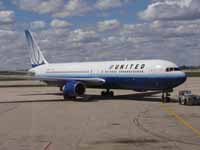 |
| In the Air Recording the progress of your flight may be difficult. If you happen to have a window seat you may be in luck. However, if the sun is shining brightly on your side of the aircraft, there will be a lot of flare. Or if the skies below are cloudy, you’ll have a very restricted view of the terrain. If you’re traveling overseas, you may be flying during the night. Should you have a clear view, set your camera’s shutter speed to 1/250 second or faster to minimize blur. Remember that during takeoff and landing you’re closest to the detail on the ground. These are both good times to capture your flight. |
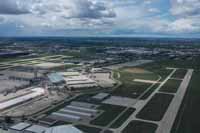 |
| Arrival and the Sites Here’s where the real photographer in you blossoms. Get out there and snap, snap, snap. Most likely, you already have a list of the landmarks and attractions that you want to photograph. The tendency is to step back and include everything in your photos. Try stepping forward a little to include less (but closer) detail. Instead of posing people, it’s interesting to catch people in action. To prove that you were there, is there someone who can take your picture too? What about the local customs and curiosities of your destination that are different from home? The foods, architecture, landscape and transportation may all be unique to this area. Why not record these? |
 |
| Backing up your photos I mentioned earlier that I almost always travel with a notebook computer. I’ve also made it a habit to copy my photos from the memory card (SD or CF) to my notebook computer daily. Additionally, I make a backup copy of these digital files to a thumb-drive. Afterwards, I keep the thumb-drive in a place separate from my notebook computer. This gives me two copies of my travel images. |
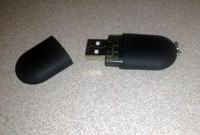 |
| Returning Home Don’t relax just yet. The reverse flight home may give you a better opportunity for in-flight photos than the flight there. On my return flight home, I had a connection at Newark (New York area). Having grown up in New York, I knew that the Statue of Liberty was sitting in New York Harbor to the south of Manhattan so I was prepared to snap a photo during arrival. Again, having a window seat was the key. |
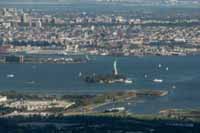 |
Following are some of my “photographic memories” from my travels to Germany and Switzerland that hopefully illustrate this article – arranged chronologically.
|
|
||
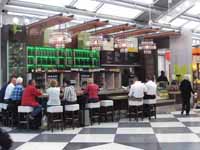 |
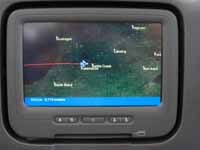 |
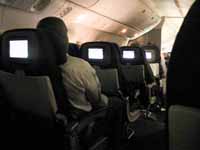 |
|
|
||
 |
 |
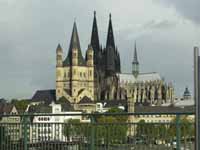 |
|
|
||
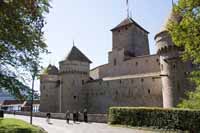 |
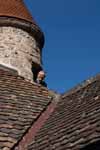 |
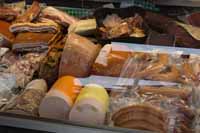 |
|
|
||
 |
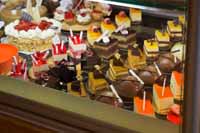 |
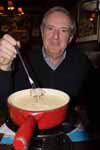 |
|
|
||
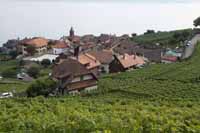 |
 |
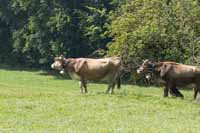 |
|
|
||
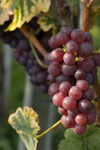 |
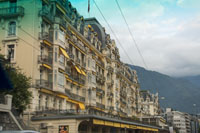 |
 |
|
|
||
Happy travels.
Written by Arnie Lee
Experiencing the Environment
03rd September 2012
and keeping the environment “a thing of importance”
Our family has been enjoying the outdoors for many years. Some of our adult children were mere babies when we trekked long distance to experience and camp in far away places like Mono Lake, Yellowstone and Acadia. We were attracted by tight knit forests, tumbling waterfalls, golden meadows, majestic mountains, winding hiking trails, abundant wildlife, trickling streams and shimmering nighttime skies.
The love of nature has been in my blood from childhood. At the University of Michigan I studied natural resource economics. The year was 1970 and the call for ecology had gone out with the first Earth Day and notable proponents such as author Rachel Carson, politician Senator Gaylord Nelson, futurist Buckminster Fuller, economist E.F. Schumacher. With my studies, I was counting on a future career that would revolve around conservation and ecology. But as often happens, this career plan didn’t come to pass. Nonetheless, I’ve been trying to keep nature and the environment close to my heart all the years since.
Wouldn’t you guess that photography has been one of my hobbies also since childhood? So it’s only natural that I would arm myself with a camera as our family traveled far and wide. And while family snapshots comprise an important part of my picture taking activities, the other part are the photos that I take to record the many amazing places that we visit.
These are all “peopleless” photographs. They’re meant to illustrate the beauty, scale, magnificence and sometimes fragility of some of our nation’s most iconic vistas and scenery.
Here are some of those picturesque places that we’ve experienced in our travels.
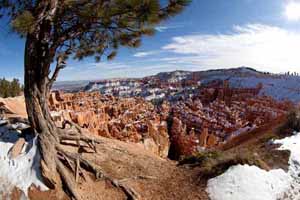 |
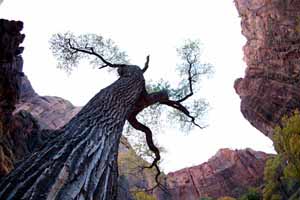 |
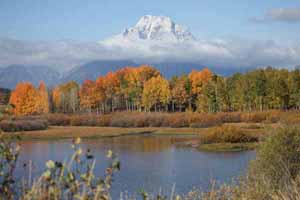 |
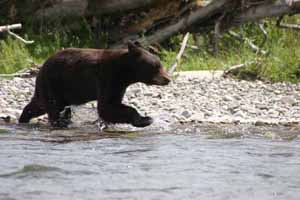 |
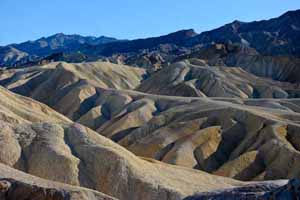 |
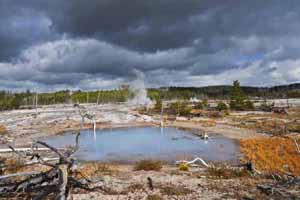 |
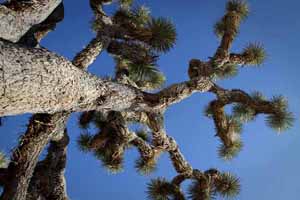 |
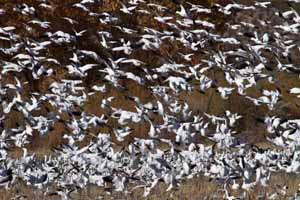 |
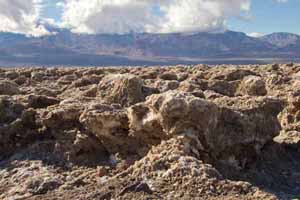 |
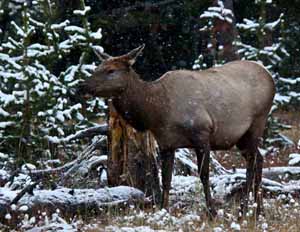 |
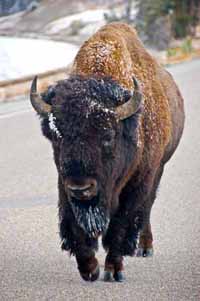 Lake, Yellowstone NP |
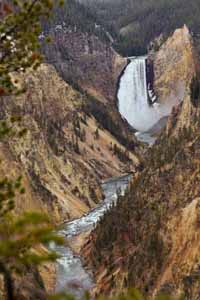 Upper Yellowstone Falls, Yellowstone NP |
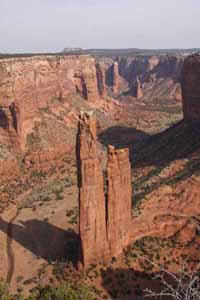 Spider Rocks, Canyon de Chelly NM |
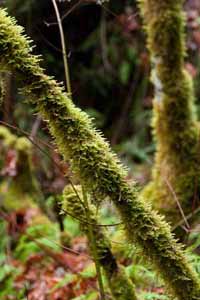 |
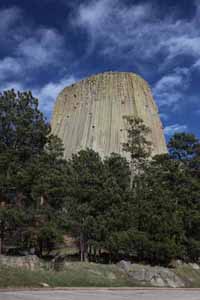 |
As I view this photo, I can feel the mist rising from the roaring waterfall. When I look at that photo, I find myself breathing in the scent of an immense douglas fir forest. In a third photo, my eyes are following the billowing clouds passing over a craggy, red rock canyon. And that photo has me marveling at the way the bright, fall colors accent the distant snow-covered peaks. Yes, all of these photos serve to remind me how wondrous our environment really is.
But I haven’t completed documenting my encounters with the outdoors just yet. And so I’m determined to continue experiencing the environment in person. I somehow prefer the phrase “experiencing the environment” rather than “capturing the environment” even though I may be recording the scene with a camera.
Whether it’s a national, state, county or city park or any other natural setting, I will treat the environment with respect.
I remain committed to practicing “leave no trace photography” – disturb neither our environment nor our wildlife.
Written by Arnie Lee
Our National ParksAs you can see from the photos above, I’m a avid user of our National Park System. It’s extensive, consisting of almost 400 parks, monuments, landmarks, recreation areas, shorelines, trails, historic sites and wildlife refuges and encompassing some 85 million acres. Each year 275 million of us outdoor lovers visit these places. Entrance fees vary by unit, but an $80 annual pass is a bargain if you plan to visit several parks. Senior citizens 62 years and older can purchase a lifetime pass for only $10. Find our more about our National Parks here. |
|
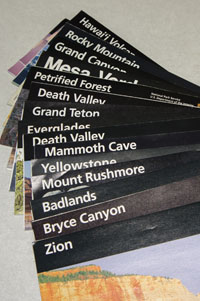 |
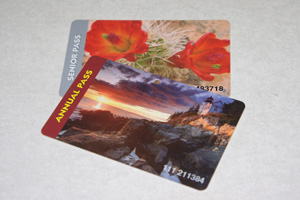 |
« Older Posts — Newer Posts »
